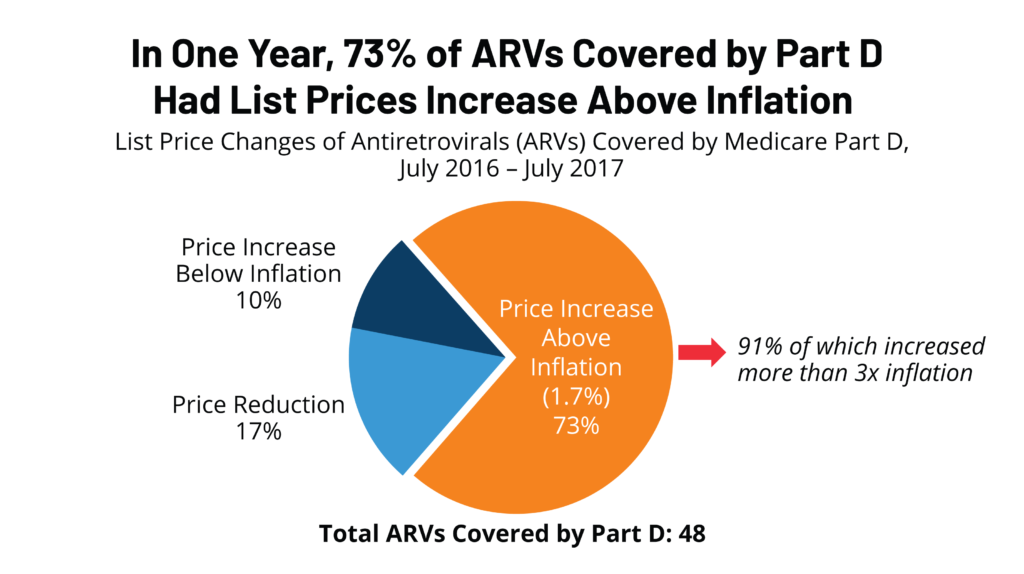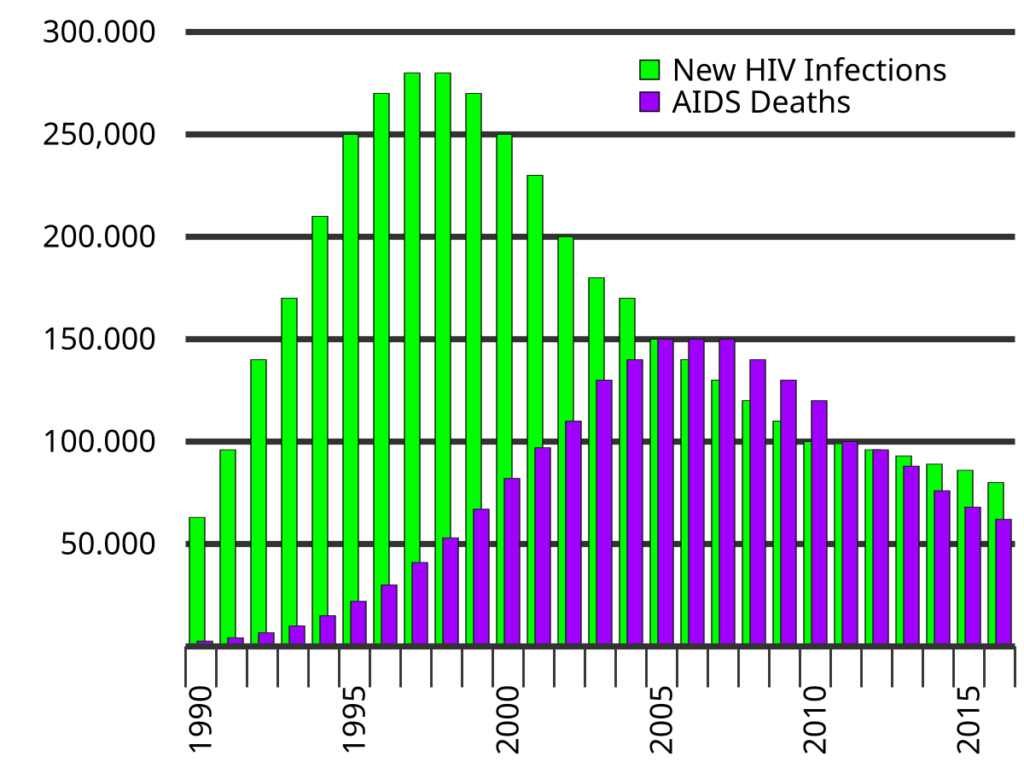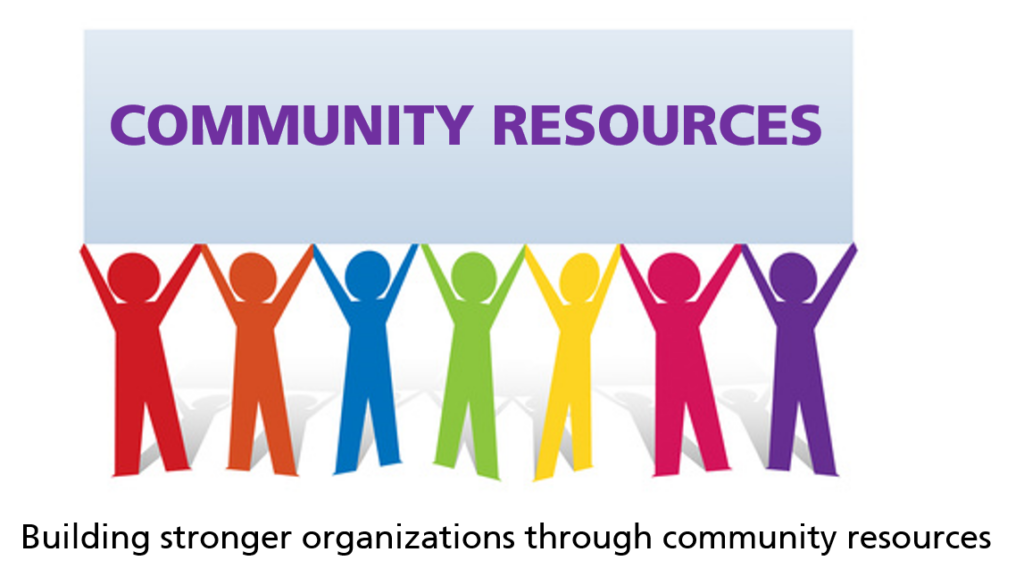Living with HIV/AIDS comes with numerous challenges, both physically and emotionally. However, financial strain is one of the most pressing issues many patients face. The cost of treatment, coupled with the potential loss of income due to illness, can make it incredibly difficult for HIV/AIDS patients to maintain financial stability. Financial assistance is crucial for managing medical expenses and ensuring a decent quality of life. This article delves into the various forms of financial aid available to HIV/AIDS patients, how to access these resources, and the importance of financial planning in managing the disease.
Understanding HIV/AIDS
What is HIV/AIDS?
HIV (Human Immunodeficiency Virus) is a virus that attacks the body’s immune system, specifically the CD4 cells (T cells), which are crucial for fighting infections. If left untreated, HIV can lead to the disease AIDS (Acquired Immunodeficiency Syndrome). Unlike some other viruses, the human body cannot get rid of HIV completely, so once someone has HIV, they have it for life. Currently, there is no cure for HIV, but it can be controlled with proper medical care, particularly with antiretroviral therapy (ART).
The Impact of HIV/AIDS on Health and Finances
The impact of HIV/AIDS extends beyond health complications. The financial burden can be overwhelming, covering medical treatments, regular check-ups, medications, and sometimes travel for healthcare. Additionally, the stigma associated with HIV/AIDS can lead to job loss or reduced work opportunities, exacerbating financial difficulties.
The Cost of HIV/AIDS Treatment
Medical Expenses
HIV/AIDS treatment involves a variety of medical expenses, including antiretroviral drugs, routine blood tests, hospital visits, and specialist consultations. Antiretroviral therapy (ART) is the cornerstone of HIV treatment and must be taken consistently for life, which can be a significant ongoing expense.
Non-Medical Expenses
Non-medical expenses related to HIV/AIDS can also be substantial. These may include travel costs for accessing medical care, psychological support services, and nutritional supplements. Additionally, the inability to work due to illness can lead to a loss of income, further straining financial resources.
Long-Term Financial Implications
The long-term financial implications of HIV/AIDS are profound. Patients may struggle to afford consistent treatment without adequate financial support, leading to health deterioration and further financial hardship. Planning for the future becomes a critical aspect of managing life with HIV/AIDS.

Types of Financial Assistance Available
Government Programs
Medicaid and Medicare
Medicaid and Medicare are two vital programs for HIV/AIDS patients in the United States. Medicaid provides health coverage to low-income individuals, including many HIV/AIDS patients. Medicare, primarily for individuals over 65 or with certain disabilities, also covers people with HIV/AIDS under specific conditions.
Ryan White HIV/AIDS Program
The Ryan White HIV/AIDS Program is a federal initiative that provides services to those who do not have sufficient healthcare coverage or financial resources for coping with HIV disease. This program funds medical care, support services, and medications for low-income individuals living with HIV/AIDS.
Non-Governmental Organisations
Charitable Foundations
Numerous charitable foundations offer financial assistance to HIV/AIDS patients. These organisations provide grants, subsidise medical costs, and offer other forms of support to help patients manage their financial burden.
Community-Based Programs
Community-based programs play a significant role in providing localised support. These programs often offer direct financial assistance, housing support, and access to healthcare services, tailored to the needs of their communities.
How to Access Government Assistance?
Eligibility Criteria
Eligibility for government assistance programs like Medicaid, Medicare, and the Ryan White HIV/AIDS Program varies. Generally, it involves demonstrating financial need, disability status, and sometimes age. Patients should consult with healthcare providers or social workers to understand their eligibility.
Application Process
The application process for these programs can be complex. It typically involves filling out detailed forms, providing medical and financial documentation, and sometimes attending interviews. Assistance from a social worker or a patient advocate can be invaluable in navigating this process.
Tips for Navigating Bureaucracy
Navigating government bureaucracy can be challenging. Patients are advised to keep thorough records, follow up regularly on applications, and seek help from advocates or legal aid services if they encounter difficulties. Persistence and organisation are key to successfully securing assistance.
Non-Governmental Organisations and Their Role
Major NGOs Offering Assistance
Several major NGOs provide financial assistance to HIV/AIDS patients. These include the AIDS Healthcare Foundation, the Elton John AIDS Foundation, and the Elizabeth Glaser Pediatric AIDS Foundation, among others. Each organisation has its specific focus areas and forms of aid.
How to Apply for Aid from NGOs
Applying for aid from NGOs typically involves submitting an application detailing medical history, financial need, and other personal information. Many NGOs have dedicated teams to assist applicants and ensure they receive the support they need.
Success Stories from NGO Assistance
There are numerous success stories of HIV/AIDS patients who have benefited from NGO assistance. These stories often highlight the transformative impact of financial support, from enabling access to life-saving medications to improving overall quality of life.
Financial Planning for HIV/AIDS Patients
Importance of Financial Planning
Financial planning is crucial for HIV/AIDS patients to manage both immediate and long-term expenses. A well-thought-out financial plan can help patients budget for medical costs, save for emergencies, and ensure financial stability.
Steps to Create a Financial Plan
Creating a financial plan involves assessing current financial status, setting realistic goals, and developing a strategy to achieve these goals. Patients should consider consulting with a financial advisor who has experience with medical expenses and chronic illness management.
Resources for Financial Planning Assistance
Various resources are available to assist HIV/AIDS patients with financial planning. These include non-profit organisations offering free financial advice, government programs providing financial literacy education, and online tools designed to help individuals manage their finances effectively.

Insurance Options for HIV/AIDS Patients
Health Insurance
Health insurance is vital for HIV/AIDS patients to cover the high cost of medical care. Patients should explore all available options, including private insurance, employer-sponsored plans, and public programs like Medicaid and Medicare.
Life Insurance
Life insurance can provide financial security for HIV/AIDS patients and their families. While obtaining life insurance with a pre-existing condition like HIV can be challenging, some insurers offer policies specifically for people with HIV.
Disability Insurance
Disability insurance provides income support if a patient is unable to work due to HIV-related illness. This type of insurance can be a crucial safety net, ensuring that patients have financial resources even if they cannot maintain employment.
Community Support and Resources
Local Support Groups
Local support groups offer emotional and sometimes financial support to HIV/AIDS patients. These groups provide a sense of community, helping patients to share experiences and resources.
Online Communities
Online communities are an invaluable resource for HIV/AIDS patients. These platforms offer support, information, and connections to financial resources, helping patients to navigate their journey more effectively.
Case Studies of Community Support Impact
Case studies highlight the positive impact of community support on HIV/AIDS patients. These stories often illustrate how community-driven initiatives can provide financial and emotional assistance, significantly improving patients’ lives.

Conclusion
Financial assistance for HIV/AIDS patients is not just about managing medical costs; it’s about ensuring a better quality of life. By understanding and accessing the various forms of financial aid available, from government programs to NGO support and community resources, patients can alleviate financial strain and focus on their health and well-being. Remember, seeking help is a sign of strength, and many resources are available to support you through this journey.